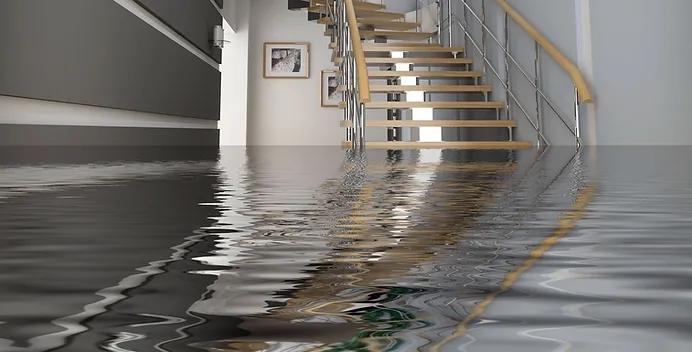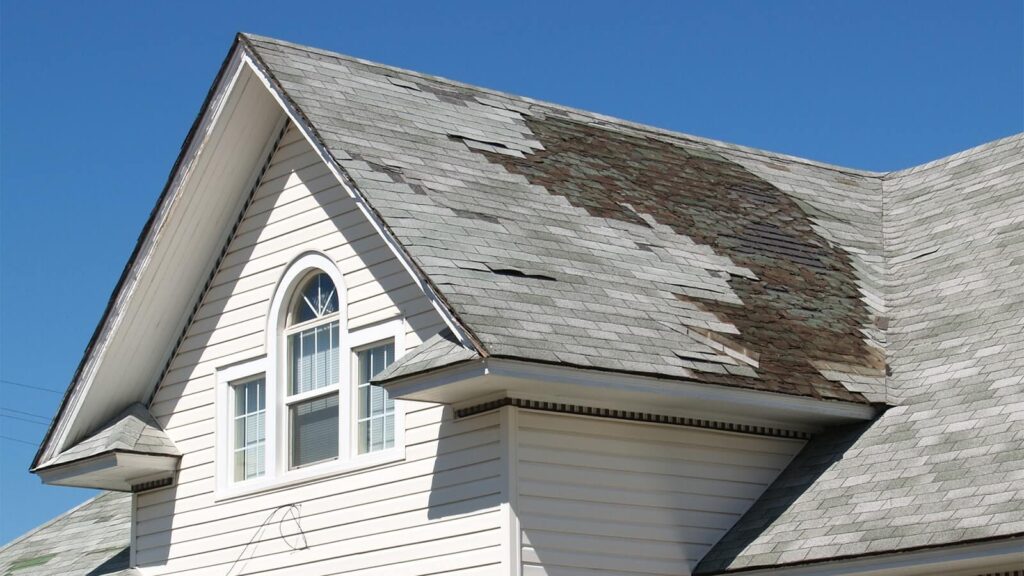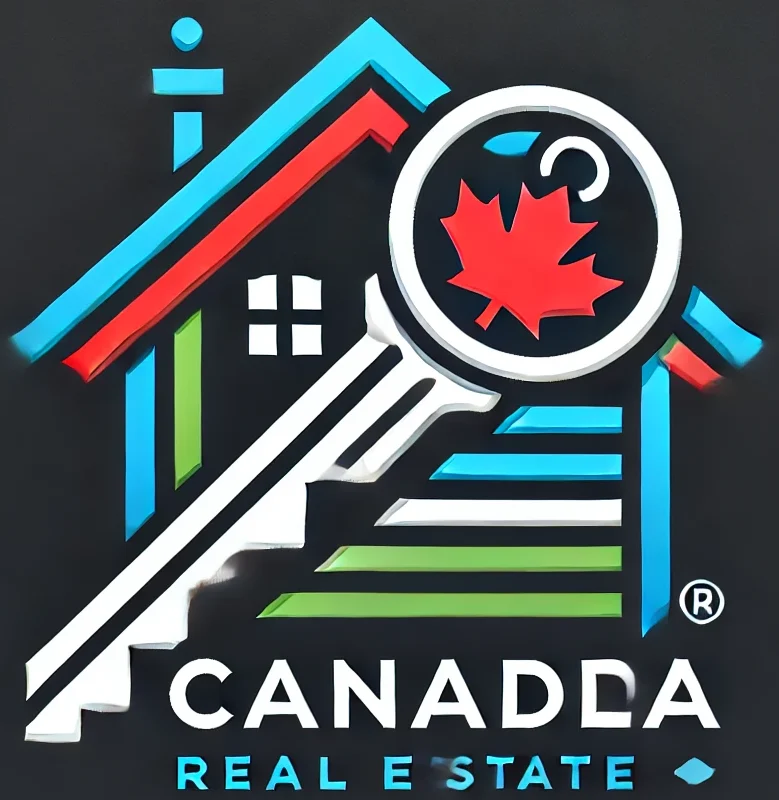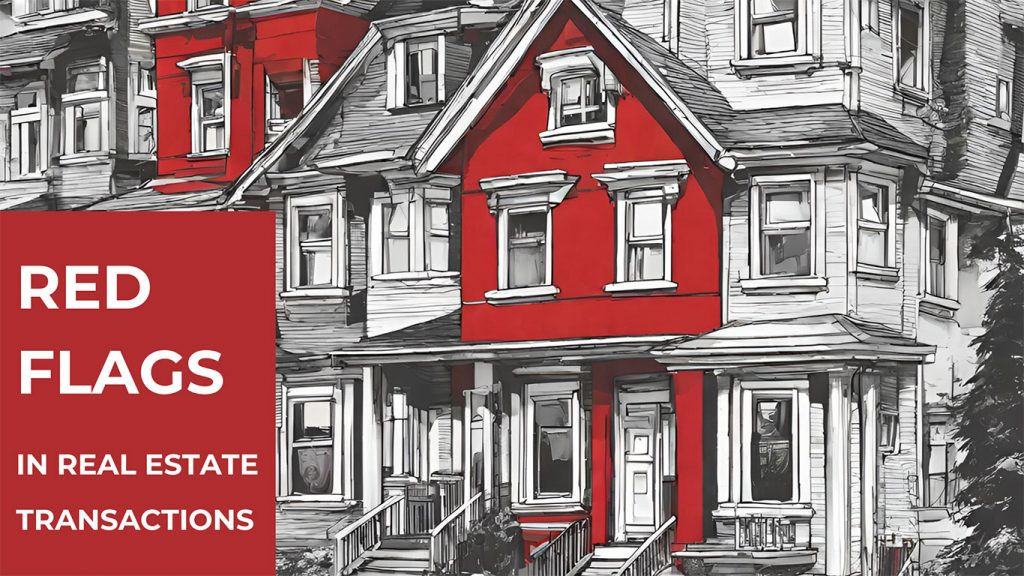When buying a home in Canada, the excitement of finding the right property can sometimes overshadow potential issues that could lead to costly repairs or compromises. Identifying red flags during property walkthroughs is crucial to avoid making a purchase that could become a financial or safety burden. This paper highlights the top five red flags to watch for when viewing a property and explains their implications for prospective buyers.

1. Structural Issues
Structural problems are among the most serious concerns when viewing a property. These issues can compromise the safety and stability of the home and are often expensive to repair. Warning signs of structural issues include:
- Cracks in the Foundation: Large or uneven cracks in the foundation or walls may indicate shifting or settling, which can lead to long-term instability.
- Sagging Floors or Roofs: Uneven floors, bowing walls, or sagging roofs are clear signs of structural stress.
- Doors and Windows that Stick: Difficulty opening or closing doors and windows may suggest the house is settling unevenly.
- Visible Water Damage: Stains or discoloration on walls and ceilings could indicate leaks, which may weaken the structure over time.
If structural issues are suspected, it’s essential to hire a professional inspector or structural engineer to assess the severity and provide an estimate for repairs.
2. Outdated or Faulty Electrical Systems
An outdated electrical system can pose safety risks, such as fire hazards, and may not meet modern code requirements. Watch for these warning signs during a property walkthrough:
- Knob-and-Tube Wiring: Common in homes built before the 1950s, knob-and-tube wiring is outdated and may not support modern electrical loads.
- Exposed or Frayed Wires: Damaged wiring is a clear safety hazard that requires immediate attention.
- Insufficient Outlets: A lack of outlets in key areas suggests an older system that may need upgrading.
- Flickering Lights or Tripping Breakers: These could indicate overloaded circuits or faulty wiring.
Upgrading an electrical system can be costly, so buyers should factor this into their decision if significant work is required.
3. Water Damage and Poor Drainage
Water damage can lead to mold, rot, and structural issues, making it a major concern for homebuyers. Signs of water damage or poor drainage include:
- Stains on Ceilings or Walls: Yellow or brown stains often indicate past or ongoing leaks.
- Musty Odors: A damp or moldy smell suggests moisture issues, particularly in basements or crawl spaces.
- Efflorescence on Basement Walls: White, powdery deposits on concrete walls indicate water seepage.
- Pooling Water Around the Property: Poor grading or inadequate drainage systems can cause water to collect near the foundation, increasing the risk of leaks or flooding.
Buyers should inquire about the cause of any visible water damage and consider hiring a specialist to evaluate the extent of the problem.

4. Roofing Problems
The roof is a critical component of any home, and issues here can lead to significant expenses. Warning signs of roofing problems include:
- Missing or Damaged Shingles: Missing, curling, or cracked shingles can indicate the roof is nearing the end of its lifespan.
- Sagging Rooflines: A sagging roof may suggest structural damage or weakened support beams.
- Signs of Leaks: Water stains on ceilings or walls could point to a leaky roof.
- Clogged or Broken Gutters: Poorly maintained gutters can cause water to overflow, leading to foundation damage and other issues.
If roofing problems are suspected, buyers should request a professional inspection to estimate repair or replacement costs.

5. Outdated or Inefficient Systems
Homes with outdated systems, such as plumbing, heating, or insulation, can result in higher maintenance costs and energy bills. Key red flags include:
- Old Plumbing Materials: Galvanized steel or lead pipes, common in older homes, can corrode or pose health risks and may need replacement.
- Inefficient Heating Systems: A furnace or boiler that is more than 15 years old may need replacement soon. Look for signs of rust, leaks, or inconsistent heating.
- Insufficient Insulation: Poor insulation leads to energy inefficiency, particularly in older homes. Drafts, high energy bills, or cold spots are indicators of insufficient insulation.
- Inadequate Ventilation: Condensation on windows or excessive humidity may suggest poor ventilation, which can lead to mold growth and discomfort.
Upgrading these systems can be expensive, so buyers should weigh the cost of improvements against the asking price.
What to Do When You Spot Red Flags
If you notice any of these red flags during a property walkthrough:
- Don’t Ignore the Issue: Even minor problems can escalate over time, leading to significant expenses.
- Request a Home Inspection: A professional inspector can provide a detailed evaluation of the home and help you understand the scope of repairs needed.
- Negotiate with the Seller: Use the findings from the inspection to negotiate repairs or a reduction in the purchase price.
- Walk Away If Necessary: If the issues are extensive and the costs outweigh the benefits, be prepared to look for another property.

Conclusion
When viewing a property in Canada, recognizing potential red flags is essential to making a well-informed decision. Structural issues, outdated systems, water damage, roofing problems, and inefficient utilities can lead to unexpected costs and complications if overlooked. By remaining vigilant and seeking professional guidance when necessary, buyers can avoid costly surprises and secure a home that meets their needs and expectations. Proper diligence during the buying process ensures a smoother experience and protects your investment for the long term.

